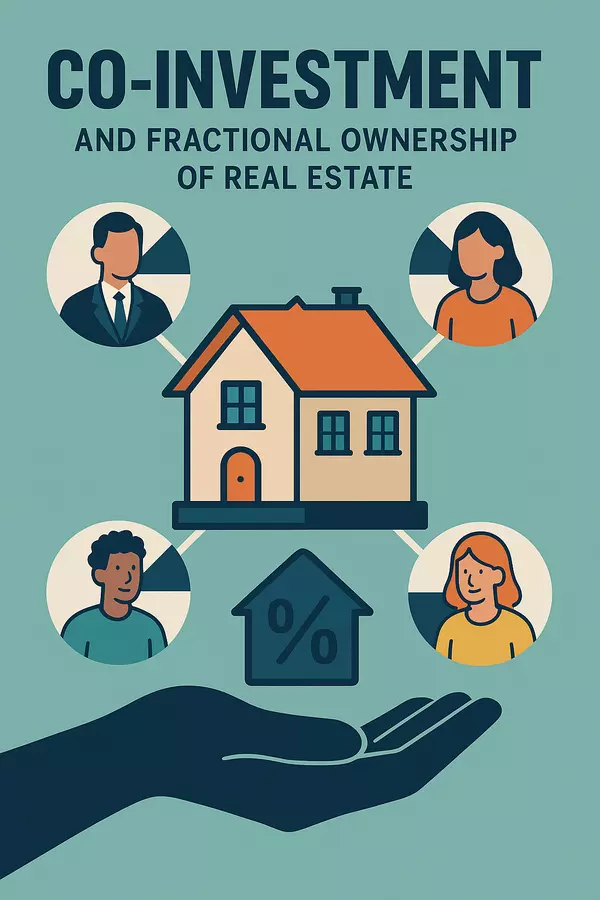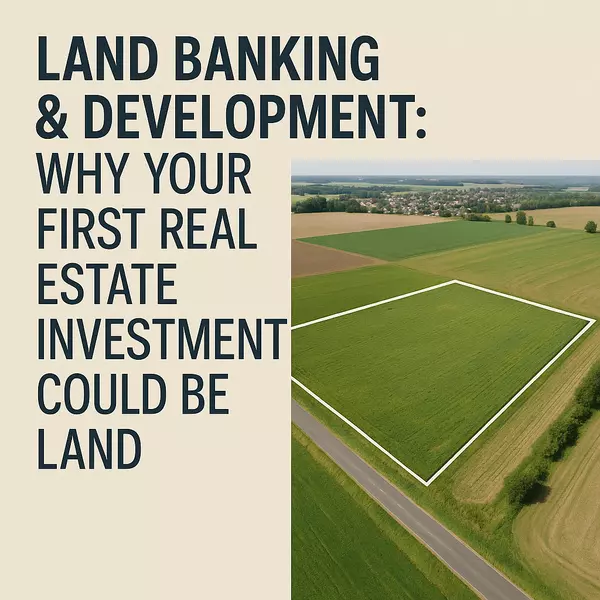Navigating the 2025 Real Estate Landscape: Budget Cuts, Market Shifts, and Investment Opportunities

The real estate sector in 2025 is experiencing significant transformations influenced by federal budget proposals, market dynamics, and evolving tax policies. Here's an overview of the key developments:
Federal Budget Proposals and Their Implications
The Trump administration's proposed fiscal year 2026 budget suggests a 43.6% reduction in funding for the Department of Housing and Urban Development (HUD), including a 42.8% cut to rental assistance programs . These cuts could lead to increased vacancies in multifamily properties, decreased property values, and potential rent reductions. Moreover, families relying on subsidized housing, particularly those benefiting from Section 8 vouchers, may face heightened eviction risks.National Low Income Housing Coalition
In response, several cities, including San Francisco and Boston, have initiated legal actions against the federal government, arguing that the proposed funding conditions are unconstitutional and jeopardize essential housing services .WBUR+5San Francisco Chronicle+5AP News+5
Market Dynamics: Construction Slowdown and Inventory Challenges
The residential construction sector is witnessing a slowdown, attributed to persistent high interest rates and inflation. CRH CEO Jim Mintern highlighted that a significant decline in mortgage interest rates is essential to revitalize market activity, with recovery now anticipated by 2026 rather than 2025 . This deceleration in new home construction is expected to maintain low housing inventory levels, potentially sustaining demand in the single-family home market.Reuters
Tax Policy Considerations: Capital Gains and Investment Strategies
Tax policy shifts are also influencing real estate investment decisions. Missouri is poised to become the first U.S. state to eliminate capital gains taxes on individual income, aiming to stimulate economic growth by encouraging the sale of assets, including real estate . At the federal level, discussions are ongoing about expanding tax incentives, such as opportunity zones, to further promote investment in long-held properties.AP News
Enduring Demand: The 5 D's of Real Estate
Despite these challenges, certain life events continue to drive real estate transactions. Known as the "5 D's," these include:
-
Divorce: Changes in marital status often necessitate new housing arrangements.
-
Downsizing: Individuals or families may seek smaller homes due to lifestyle changes.
-
Diapers: Growing families require larger living spaces.
-
Diamonds: Engagements or marriages often lead to home purchases.
-
Death: Estate settlements can result in property sales.
These factors ensure a consistent demand for real estate, irrespective of broader economic conditions.
Conclusion
The real estate landscape in 2025 is marked by significant federal budget proposals, market fluctuations, and evolving tax policies. While these factors present challenges, they also offer opportunities for investors and stakeholders to adapt and strategize effectively. As always, the fundamental need for housing persists, underscoring the resilience of the real estate market.
Categories
- All Blogs (32)
- banking (7)
- building (1)
- buying (11)
- credit (4)
- development (1)
- finances (16)
- flipping (2)
- homebuyer (8)
- househacking (4)
- infinitebanking (1)
- insurance (1)
- investing (21)
- land (1)
- luxury (1)
- real estate (24)
- reit (1)
- renting (2)
- retirement (7)
- savings (3)
- secondhome (1)
- selfdirectedIRA (2)
- sellers (2)
- staging (1)
- taxes (1)
Recent Posts










GET MORE INFORMATION

